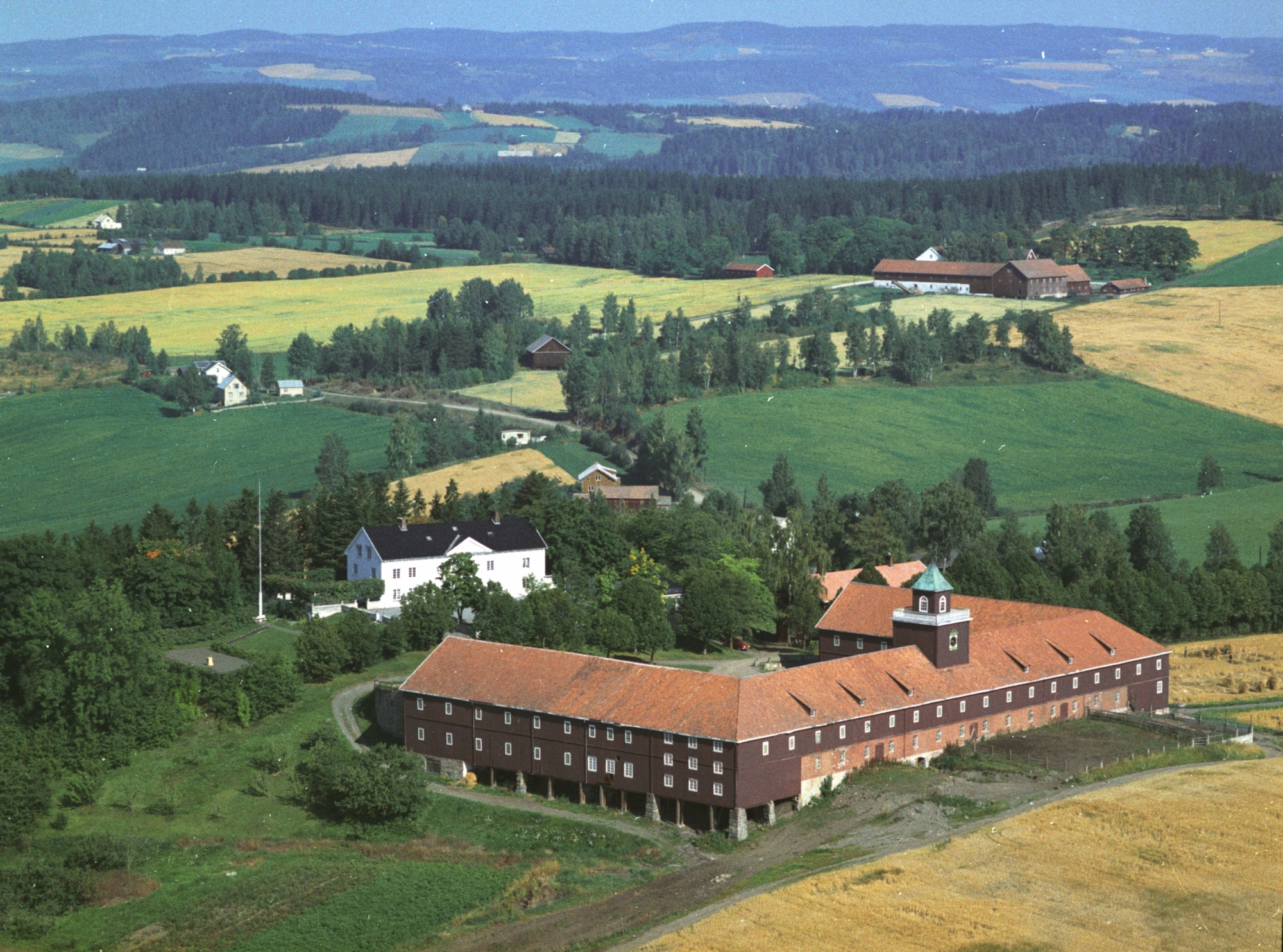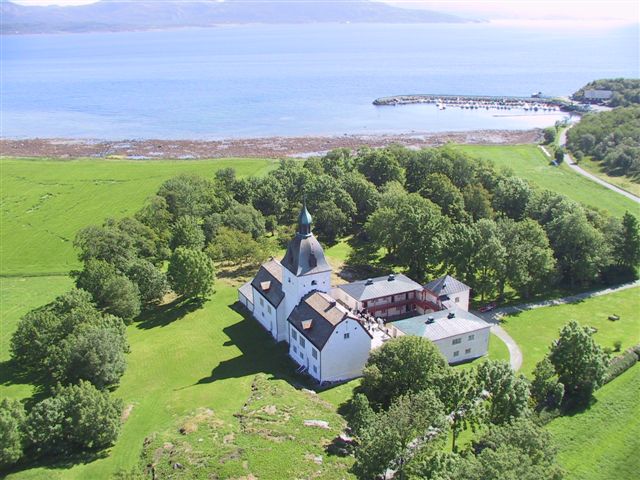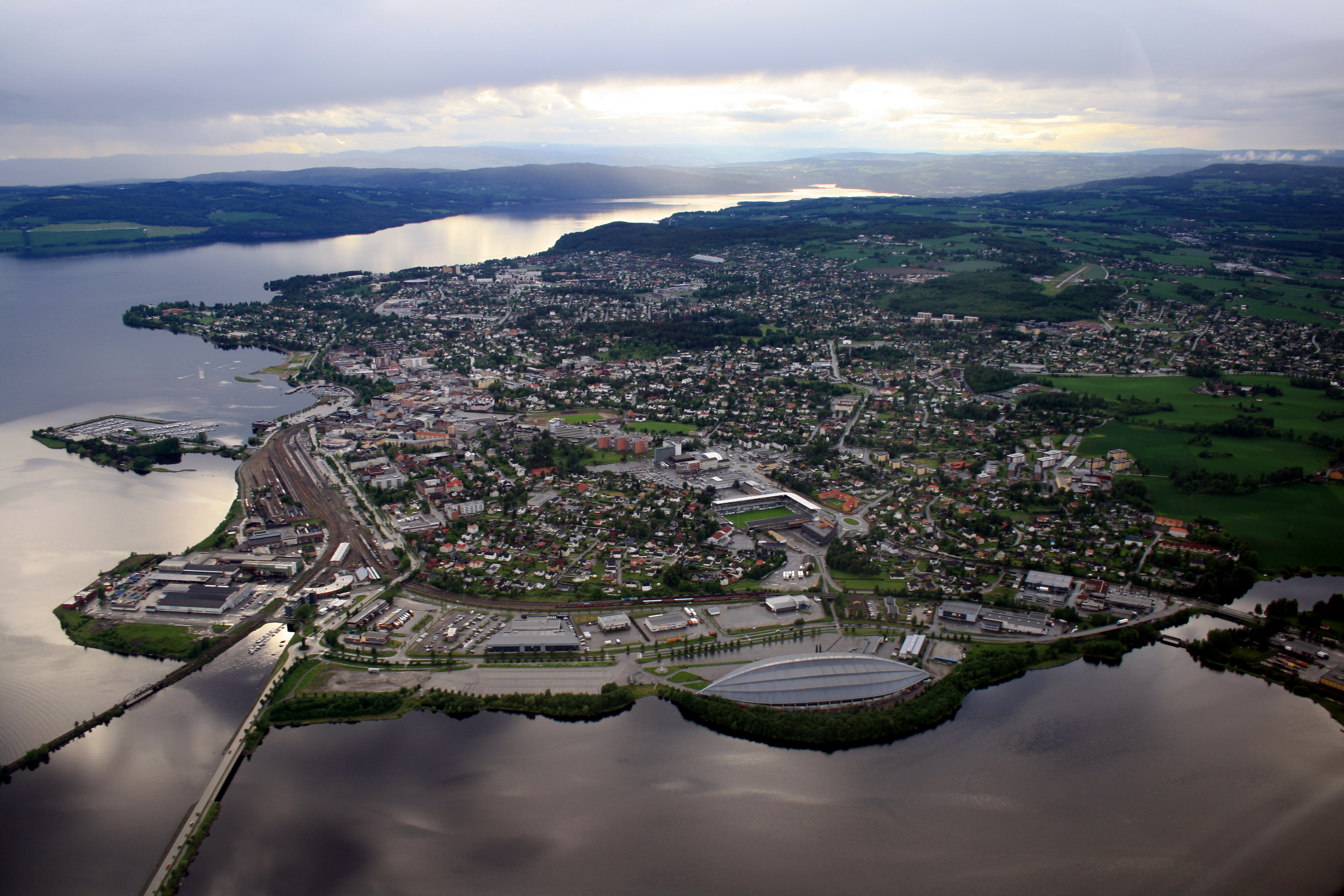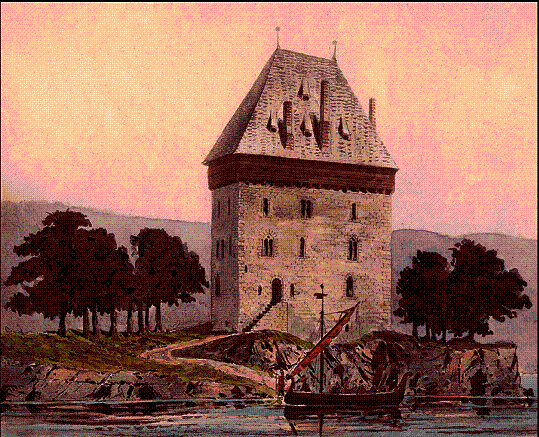|
Skredshol
Skredshol was a noble-seat farm (''setegård'') in Norway. It is a large farm located in the former Nes municipality in Innlandet county. It lies on a peninsula extending into Mjøsa, Norway's largest lake. The farm's main building is protected as a historically significant residence. It had a total area of 202.6 hectares in 1998. Historically, as a ''setegård'', it was exempt from taxes and tithe. It is initially mentioned in records in 1403. The farm was owned by Norway’s Reich Chancellor Jens Bjelke and subsequently by his son, Jørgen Bjelke Jørgen Bjelke (2 June 1621 – 17 June 1696) was a Norwegian officer and nobleman. He was born at Elingaard Manor on Onsøy near Fredrikstad, in Østfold County, Norway and died in Kalundborg, Denmark. Early and personal life He was the son of .... In 1682, Skredshol was sold by Jørgen Bjelke (then Deputy Governor General of Norway, a Lieutenant General in the Norwegian Army, and sheriff for Bratsberg) to his brother-in-law, Hans v ... [...More Info...] [...Related Items...] OR: [Wikipedia] [Google] [Baidu] |
Jens Bjelke
Jens Ågessøn Bjelke (2 February 1580 – 7 November 1659) was a Norwegian nobleman who was Chancellor of Norway from 1614 to 1648, when he was succeeded by Hannibal Sehested. He was the son of Åge Bjelke and Margrethe Thott. At the time of his death, he was Norway's largest land owner. After his tenure as Chancellor, the office largely lost its influence and was abolished in 1679. Education and early career Bjelke was born at Austrått. At 20 years of age, he was sent abroad to study, studying in Rostock,Seentry of Jens Bjelkein Rostock Matrikelportal Leipzig, Leiden and elsewhere. He studied medicine, among other things. On his return on 20 February 1605 he was employed at the Danish Chancery and remained there as a secretary until 20 January 1609. During this time he was assigned the prosecution of the case against Jørgen Dybvad in 1607. He also continued his pursuit of literary works and wrote "Regarding Greenland" on the occasion of expeditions to rediscover that coun ... [...More Info...] [...Related Items...] OR: [Wikipedia] [Google] [Baidu] |
Norway
Norway, officially the Kingdom of Norway, is a Nordic country in Northern Europe, the mainland territory of which comprises the western and northernmost portion of the Scandinavian Peninsula. The remote Arctic island of Jan Mayen and the archipelago of Svalbard also form part of Norway. Bouvet Island, located in the Subantarctic, is a dependency of Norway; it also lays claims to the Antarctic territories of Peter I Island and Queen Maud Land. The capital and largest city in Norway is Oslo. Norway has a total area of and had a population of 5,425,270 in January 2022. The country shares a long eastern border with Sweden at a length of . It is bordered by Finland and Russia to the northeast and the Skagerrak strait to the south, on the other side of which are Denmark and the United Kingdom. Norway has an extensive coastline, facing the North Atlantic Ocean and the Barents Sea. The maritime influence dominates Norway's climate, with mild lowland temperatures on the ... [...More Info...] [...Related Items...] OR: [Wikipedia] [Google] [Baidu] |
Nes, Hedmark
Nes is a former municipality in the old Hedmark county, Norway. The municipality existed from 1838 until its dissolution in 1964 when it became part of Ringsaker Municipality. The administrative centre was the village of Tingnes where Nes Church is located. The largest village in Nes was Stavsjø where the Stavsjø Church is located. The municipality included the Nes peninsula and the island of Helgøya which both are surrounded by the large lake Mjøsa, Norway's largest lake. History The parish of ''Næs'' was established as a municipality on 1 January 1838 (see formannskapsdistrikt law). During the 1960s, there were many municipal mergers across Norway due to the work of the Schei Committee. On 1 January 1964, the municipality of Nes (population: 4,184) was merged with the municipality of Furnes (population: 7,288), the municipality of Ringsaker (population: 16,490), and the Hamarsberget and Vikersødegården areas of the municipality of Vang (population: 34) to create ... [...More Info...] [...Related Items...] OR: [Wikipedia] [Google] [Baidu] |
Innlandet
Innlandet is a county in Norway. It was created on 1 January 2020 with the merger of the old counties of Oppland and Hedmark (the municipalities of Jevnaker and Lunner were transferred to the neighboring county of Viken on the same date). The new county has an area of , making it the second largest county in Norway after Troms og Finnmark county. The county name translates to "The Inland" which reflects that the county is the only landlocked county in Norway. The county covers approximately 17% of the total area of the mainland area of Norway. It stretches from the Viken county and the Oslo region in the south to Trøndelag county in the north. In the northwest, the county borders Møre og Romsdal and the Vestland county in the west. To the east the county borders the Swedish counties of Värmland and Dalarna. The northern and western areas of the county are dominated by the mountainous areas Rondane, Dovrefjell and Jotunheimen. The Galdhøpiggen mountain is located with ... [...More Info...] [...Related Items...] OR: [Wikipedia] [Google] [Baidu] |
Mjøsa
Mjøsa is Norway's largest lake, as well as one of the deepest lakes in Norway and in Europe. It is the fourth-deepest lake in Norway. It is located in the southern part of Norway, about north of the city of Oslo. Its main tributary is the river Gudbrandsdalslågen flowing in from the north; the only distributary is the river Vorma in the south. Inflows would theoretically need 5.6 years to fill the lake. With an average depth of about , most of the lake's volume is under sea level. The average outflow of the lake (measured from 1931–1982) is which is about . Mjøsa contains about of water compared to the in the lake Røssvatnet, the second largest lake by volume in Norway. With a surface elevation of about , the depth of Mjøsa means that the deepest part of the basin is located approximately below sea level. This is lower than the deepest point of the sea inlet of Kattegat and the lower than the vast majority of Skagerrak off Norway's south coast. Mjøsa retains a l ... [...More Info...] [...Related Items...] OR: [Wikipedia] [Google] [Baidu] |
Jørgen Bjelke
Jørgen Bjelke (2 June 1621 – 17 June 1696) was a Norwegian officer and nobleman. He was born at Elingaard Manor on Onsøy near Fredrikstad, in Østfold County, Norway and died in Kalundborg, Denmark. Early and personal life He was the son of Norway’s Reich Chancellor Jens Ågessøn Bjelke and Sophie Brockenhuus. His brothers were Ove and Henrik Bjelke. He matriculated at the University of Leyden and later at the University of Orléans. Military career He served as a captain in the Hannibal Feud 1644-45. He subsequently saw Danish-Norwegian imperial service in the fighting against the Swedish forces in Germany. During what is referred to in Norway as " The Bjelke Feud", lieutenant general Bjelke served as the commander-in-chief of the Norwegian army. In August 1658 Charles X of Sweden ignored the recently negotiated Treaty of Roskilde and invested Copenhagen. The Norwegian army mobilized under the leadership of Jørgen Bjelke. Belke's goal was to recapture Trøndelag ... [...More Info...] [...Related Items...] OR: [Wikipedia] [Google] [Baidu] |
Buildings And Structures In Innlandet
A building, or edifice, is an enclosed structure with a roof and walls standing more or less permanently in one place, such as a house or factory (although there's also portable buildings). Buildings come in a variety of sizes, shapes, and functions, and have been adapted throughout history for a wide number of factors, from building materials available, to weather conditions, land prices, ground conditions, specific uses, prestige, and aesthetic reasons. To better understand the term ''building'' compare the list of nonbuilding structures. Buildings serve several societal needs – primarily as shelter from weather, security, living space, privacy, to store belongings, and to comfortably live and work. A building as a shelter represents a physical division of the human habitat (a place of comfort and safety) and the ''outside'' (a place that at times may be harsh and harmful). Ever since the first cave paintings, buildings have also become objects or canvasses of much artist ... [...More Info...] [...Related Items...] OR: [Wikipedia] [Google] [Baidu] |




